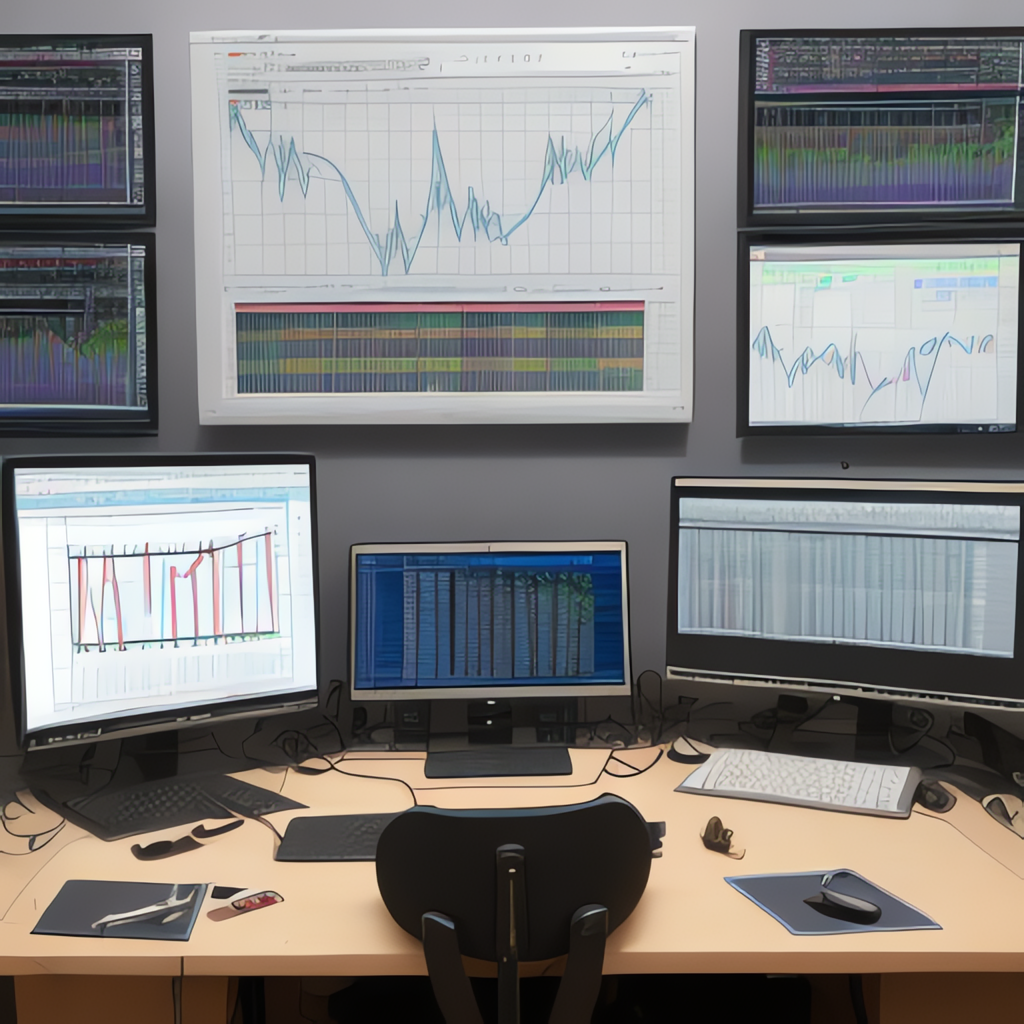Exploring the Versatile Universe of Data Visualization: From Bar Charts to Word Clouds and Beyond
In the digital age, data visualization has become an indispensable tool for businesses, researchers, academics, and everyday digital users. It enables us to make sense of complex data sets, facilitating better decision making, understanding, and communication. From bar charts and line graphs to heat maps and word clouds, the universe of data visualization encompasses a diverse array of techniques that serve different purposes and suit various contexts. This article delves into the versatility of data visualization, exploring different methods and applications across various domains.
Bar Charts
The humble bar chart, representing discrete data through bars of varying lengths, has been a staple in data visualization for decades. It is an excellent choice for comparing quantities across categories. For example, a bar chart could illustrate the sales figures for different products in a retail store or the number of followers various companies have on social media platforms. The simplicity and clarity of bar charts make them accessible to a broad audience.
Line Graphs
Line graphs, on the other hand, are perfect for visualizing trends over time or relationships between continuous variables. By plotting data points and connecting them with lines, line graphs allow us to quickly discern patterns, such as price fluctuations, seasonal trends, or changes in health metrics over time. These are particularly useful in fields like finance, economics, and market research.
Pie Charts
Pie charts excel at displaying proportions. Each slice of the pie represents a portion of the whole, making it easy to compare parts to the whole at a glance. This visualization method is often used in sectors like market analysis, where it is important to understand the contribution of each segment to the total revenue, or in geographical data, showing the representation of different countries or regions in relation to a global figure.
Histograms
Histories are closely related to bar charts but are specifically designed for continuous data. They group data into bins or intervals, and the height of each bar represents the frequency of data falling within that interval. This helps in understanding the distribution of a dataset, such as the frequency of exam scores, the range of income, or the distribution of temperatures.
Word Clouds
Word clouds offer a creative way of visualizing text data, particularly useful for sentiment analysis, keyword extraction, or trending topics. In a word cloud, the size of each word is proportional to its frequency or importance in the analyzed text. Larger words stand out, making it easy to identify the dominant themes or sentiments within a body of text. This technique is commonly used in digital marketing, social media analysis, and academic research.
Heat Maps
Heat maps are valuable for visualizing complex data sets that include multiple variables on a 2D grid. The colors in the cells represent different values, with lighter or darker shades indicating higher or lower values, respectively. Heat maps can be used to illustrate various phenomena, such as stock exchange trends, geographical population density, or brain activity patterns.
Infographics
Infographics combine text, images, and data visualization techniques to create comprehensive and engaging presentations. They can transform complex information into digestible, aesthetically pleasing narratives, making them accessible to audiences of all knowledge levels. Infographics are widely used in marketing, journalism, public speaking, and education, helping to convey key messages and highlight critical details.
In conclusion, the universe of data visualization offers a rich tapestry of tools and techniques to explore, customize, and present information in meaningful ways. Whether it’s through bar charts, line graphs, pie charts, histograms, word clouds, heat maps, or infographics, the possibilities are only limited by our imagination and the insights we wish to uncover. As data continues to grow in size and importance in our daily lives, the ability to visually interpret it becomes increasingly crucial, enabling us to make informed decisions and effectively communicate our findings to others.
